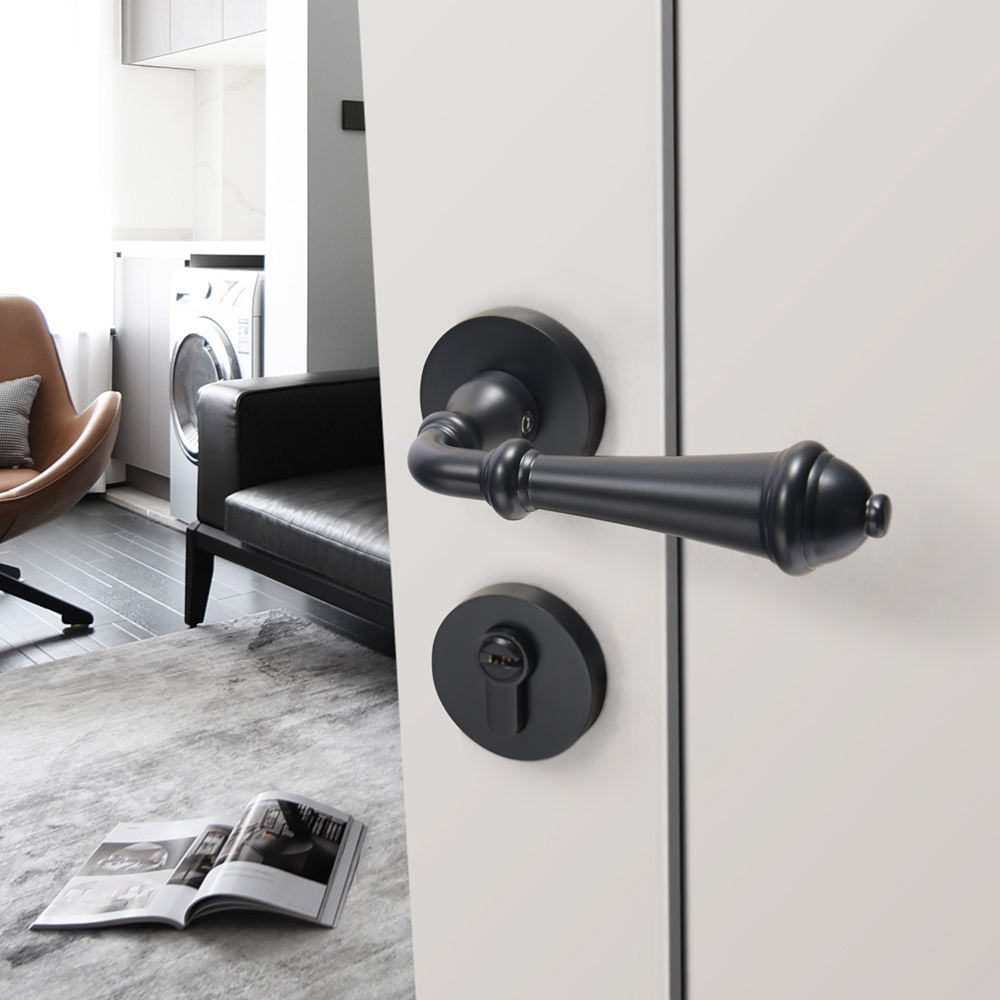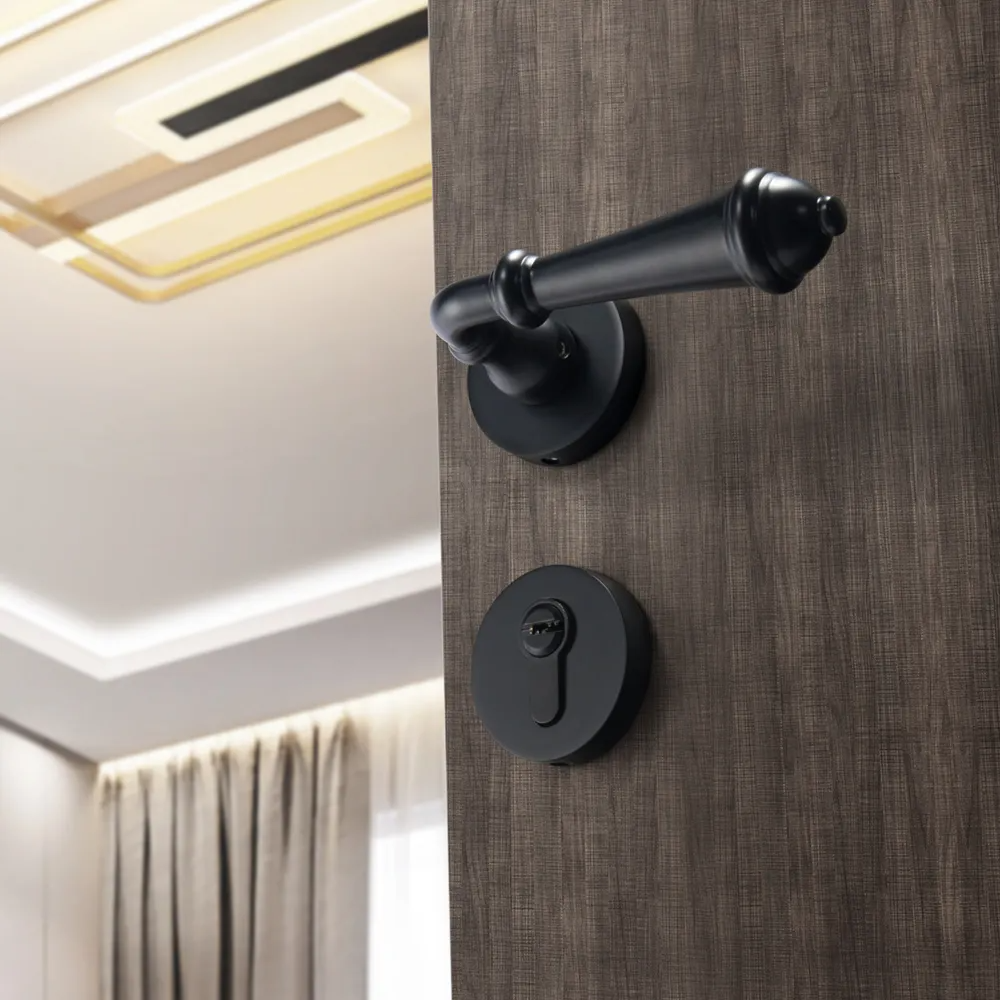Designing with intention involves purposefully considering every aspect of a furniture piece, including the role of wooden handles. Wooden handles play a crucial role in both the functional and aesthetic aspects of furniture design. Here’s how they contribute to the overall design with intention:
1. Functional Considerations:
- Ease of Use: Handles provide a means to open drawers, doors, or lids easily and efficiently. The design should prioritize user comfort and convenience.
- Ergonomics: Well-designed handles are comfortable to grip and use. They consider the natural movements of the hand and fingers, making interactions with the furniture effortless.
- Accessibility: Handles should be placed at appropriate heights and positions to accommodate users of various ages and abilities.
2. Aesthetic Enhancement:
- Focal Points: Handles can serve as focal points that draw attention and create visual interest on the furniture. They contribute to the overall design composition.
- Theme and Style: Handles can reinforce the design theme or style of the furniture piece. They can be modern, traditional, rustic, or contemporary, enhancing the cohesiveness of the design.
- Material Harmony: Wooden handles complement the wood used in furniture construction, creating a harmonious relationship between different parts of the piece.
3. Personalization:
- Customization: Handles can be customized to reflect the owner’s preferences and style. Artisanal handles or unique designs add a personalized touch to the furniture.
- Statement Pieces: Handles can serve as statement pieces that reflect the personality and taste of the furniture owner. They can be bold and expressive, making a design statement.
4. Storytelling and Emotion:
- Material Story: The choice of wood species for handles can tell a story about the furniture’s origin and craftsmanship. Handles with unique grains and colors add depth to the narrative.
- Connection: Handles can create an emotional connection between users and their furniture. Well-crafted handles become touchpoints that foster a sense of attachment.
5. Longevity and Durability:
- Quality Assurance: Handles crafted with quality materials and workmanship contribute to the longevity and durability of the furniture. They ensure a satisfying user experience for years to come.
- Aging Gracefully: Handles that develop a patina over time add character to the furniture and showcase its journey through generations.
6. Innovation and Creativity:
- Design Innovation: Handles provide an opportunity for creative experimentation. Unique shapes, patterns, and combinations of materials can push the boundaries of design.
- Artistic Expression: Handles can be treated as artistic expressions within the furniture design. They allow designers and artisans to showcase their creativity and skills.
Designing with intention involves understanding the multifaceted role that wooden handles play in furniture. By considering functionality, aesthetics, personalization, storytelling, and craftsmanship, designers can create furniture pieces that are not only visually appealing but also meaningful and well-suited to the needs of users.


